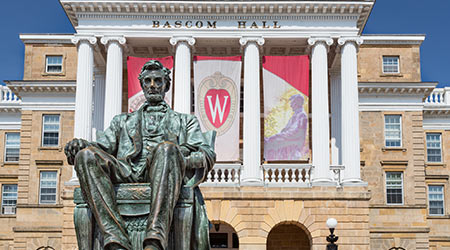
Why Regenerative Design Is Gaining Momentum In Sustainability Circles
November 9, 2017
Just as every action we take has consequences for those around us, every decision taken in regards to building design, construction, and operations often affects many of the buildings around it. Indeed, no building exists in a vacuum.
A story in the November issue of Building Operating Management magazine details the growingly important notion called regenerative design. Regeneration is the next step in sustainability the article’s author, Helen Kessler, principal of HJKeller Associates, explains.
But what does it mean for a building to adhere to the principles of regenerative design? Basically, we’re talking about “beyond LEED,” here – buildings that not only are energy, water, and resource efficient, but those that are water, energy, and resource positive. These are buildings that contribute positively to their communities as a whole; a building that literally regenerates its community.
Kessler points out the Brattleboro Food Co-Op in Brattleboro, Vt., as an example of successful regenerative design. She says the co-op realized that just building to LEED standards would create a green project, but also a project that wouldn’t be nearly as impactful on larger scale sustainability as it could be. She writes, “When the larger ecosystem within which the co-op was nested was recognized as integral to the project, the co-op saw a rich opportunity to help regenerate the farms and support the local farmers, making them stakeholders in the project.”
Stay tuned. Regenerative design and regenerative facility management are topics you’ll no doubt be hearing much about in the coming months and years.
This Quick Read was submitted by Greg Zimmerman, executive editor, Building Operating Management. Read his cover story on the how sustainability and resilience complement each other.
Next
Read next on FacilitiesNet












